By 2045, One-Third of U.S. Navy Warships Will Be Robotic ‘Ghost Ships’
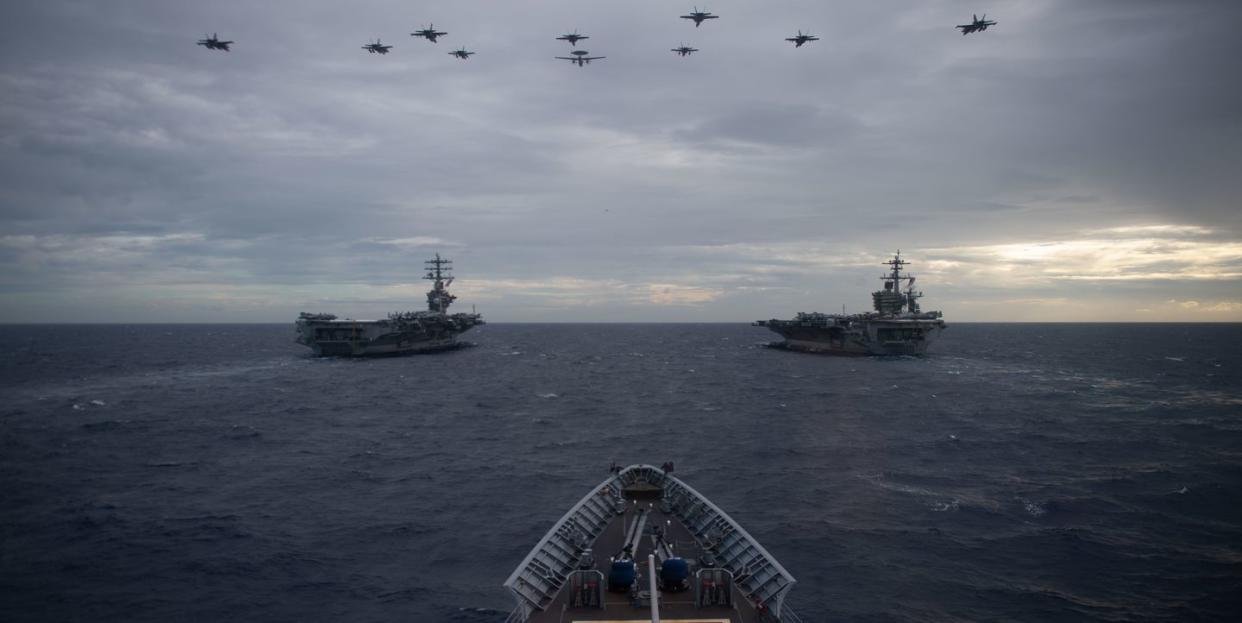
By 2045, the U.S. Navy plans to have a total of 523 warships, according to its latest fleet analysis.
The plan calls for the service to grow by 223 ships, or about ten ships per year.
Of the 523 warships, 150 will be robots with no sailors aboard.
In 20 years, nearly one in three U.S. Navy warships will be “ghost ships,” sailing the seven seas without a human crew. That’s according to the service’s latest fleet study, released earlier this week, which recommends a fleet of 373 manned ships and 150 unmanned warships by 2045 in an attempt to preserve global dominance in the face of a growing Chinese navy. The service also wants another aircraft carrier, more destroyers, and a boost in the number of frigates and submarines.
The analysis, “Chief of Naval Operations Navigation Plan 2022” (NAVPLAN), represents a considerable growth of the U.S. battle fleet, as first reported by U.S. Naval Institute News. For context, the Navy currently operates 300 battle force ships, defined as “warships capable of contributing to combat operations, or a United States Naval Ship that contributes directly to Navy warfighting or support missions.” That number of ships is the highest in 20 years, after sinking to a post-Cold War low of 275 in 2015. Under NAVPLAN, the U.S. Navy would operate 523 warships in its battle fleet.
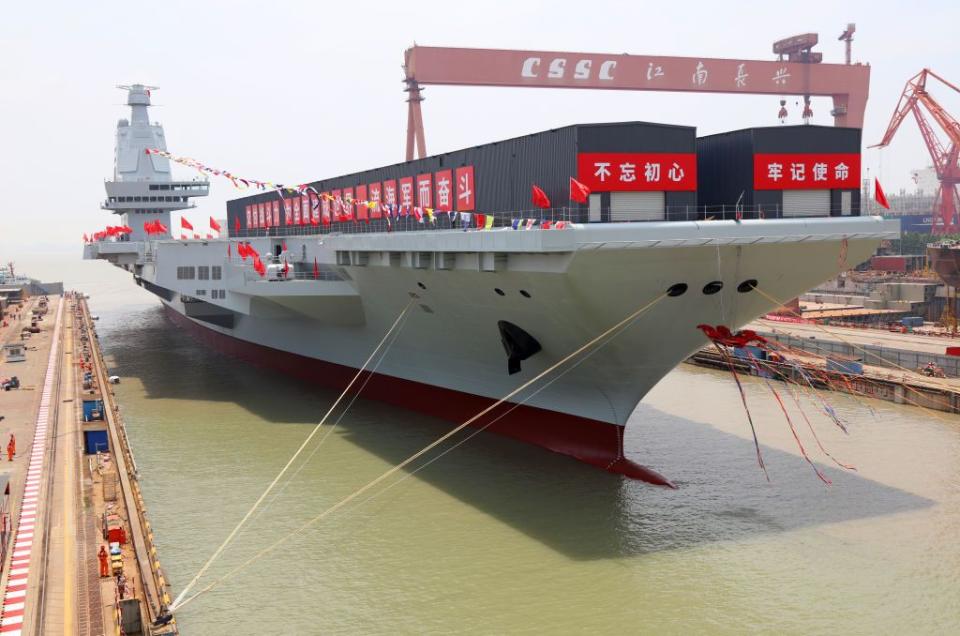
The Navy has been spurred to action by the rise of the People’s Liberation Army Navy (PLAN), which has risen from a “green water” fleet, mostly concerned with protecting China’s coastline, to a true blue water force capable of projecting naval power worldwide. The 2021 Pentagon report on China describes the PLAN as including “355 ships and submarines, including approximately more than 145 major surface combatants.” China’s massive shipbuilding program, the largest in the postwar era, means that even this year-old estimate is likely considerably out of date.
The U.S. Navy is a global force that must prepare for conflict on several fronts, from Yemen to Russia. While the Chinese navy must prepare to beat the U.S. Navy and its allies in the western Pacific, the U.S. Navy must prepare for a war with China and another war, potentially on the other side of the planet, simultaneously.
Some highlights of the 523-ship fleet plan include:
-Twelve carriers, or one more than the current fleet. The U.S. Navy wants an additional carrier, likely based on the West Coast. This could be accomplished by keeping an older Nimitz-class carrier in service longer than planned, while continuing to build more new Ford-class carriers, and building an extra ship when it becomes financially viable. It’s also possible this 12-ship fleet includes smaller, non-nuclear powered carriers.
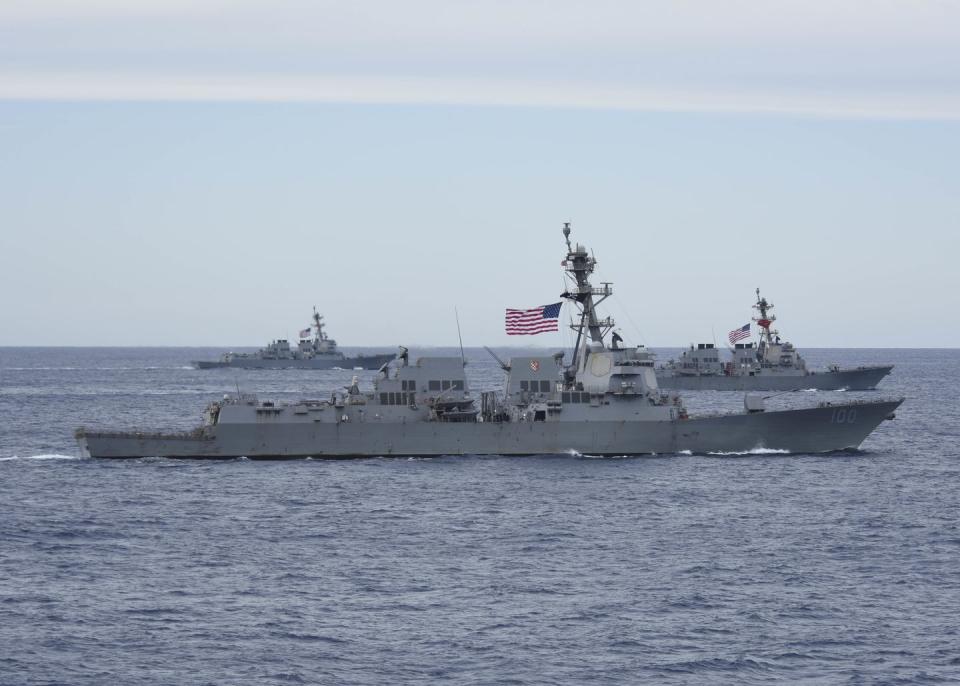
-Ninety-six “large surface combatants,” or two more than the current fleet. These ships would act as bodyguards for aircraft carriers and large amphibious ships, and operate independently. The current fleet consists of 22 Ticonderoga-class cruisers, 70 Arleigh Burke-class destroyers, and one Zumwalt-class destroyer, but the cruisers are old and won’t make it to 2045. The new DDG(X) destroyer, if it gets built, will likely fill that role. DDG(X) won’t start construction until 2028, and the idea of the Navy building 24 of the ships by 2045 is a stretch at best. Fortunately, the Navy can always build more Arleigh Burke destroyers, the most successful warship design of the last half-century.
-Sixty-six submarines, including “fast attack and large diameter payload boats,” or 12 more than the current fleet. This includes existing Virginia-class submarines and at least a handful of SSN(X) builds, the Navy’s next-generation nuclear-powered attack submarines. The reference to “large diameter payload boats” is a submarine that will replace the four Ohio-class ballistic missile submarines converted to carry 154 Tomahawk cruise missiles. One vision for the boats is a Columbia-class ballistic missile submarine converted to also carry missiles, including hypersonic missiles.
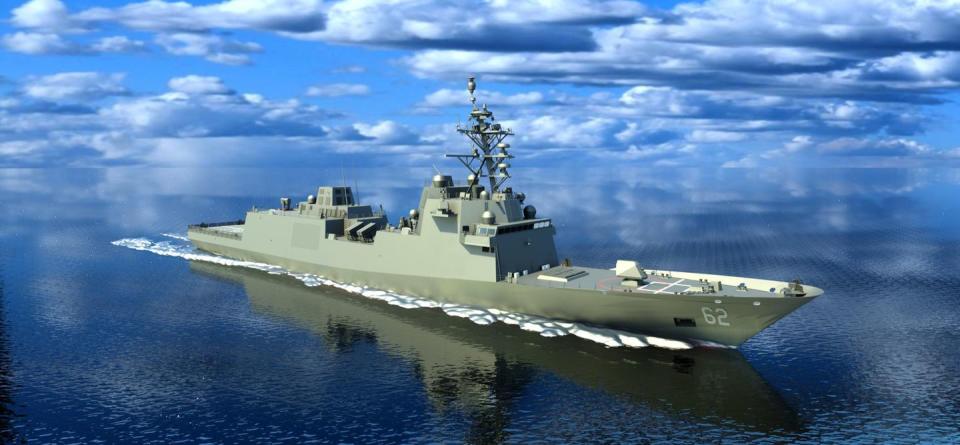
-Fifty-six Constellation-class guided-missile frigates, 56 more than the current fleet. After the failure of the Littoral Combat Ship program, which produced more than 30 small, under-armed, mechanically unreliable frigate-sized ships, the Navy is pivoting to a new design based on the European FREMM-class frigates. The first Constellation frigate is projected to enter service in 2026, leaving the Navy only 16 years, including construction time, to build 56 ships. Whether the Navy can sustain 3.5 frigates a year to reach this goal is up for debate.
-One-hundred and fifty uncrewed robotic ships. The Navy is betting big on robotic warships that will boost the number of available ships in the fleet. Robotic warships will be smaller and cheaper than regular warships, due to the lack of life-support systems for human crews, and sail either autonomously or under remote human control. Some robo-ships will act as sensor pickets, sailing at the edge of a battle group to provide extended sonar and radar coverage, while others will autonomously chase enemy submarines. Still others will act as “floating magazines” for the rest of the fleet, their decks stacked with anti-air, anti-submarine, and anti-ship missiles, as well as land-attack cruise missiles. The Navy is currently experimenting with four uncrewed warships: Seahawk, Sea Hunter, Nomad, and Ranger at the multinational 2024 Rim of the Pacific (RIMPAC) naval exercises.
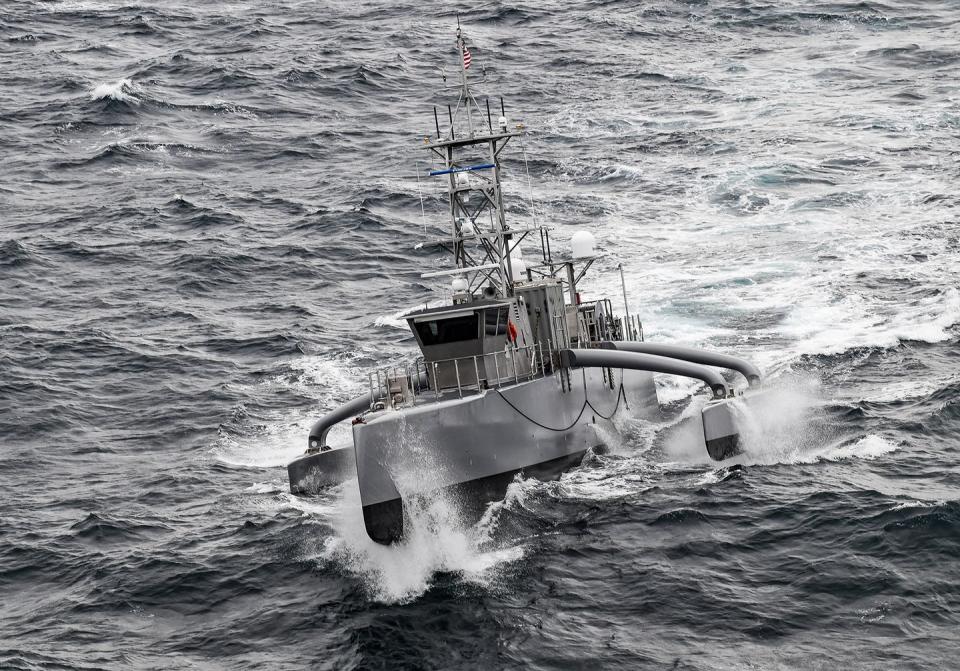
Will the Navy pull off this ambitious expansion in just 23 years? There are good reasons to be skeptical: the failure of the Zumwalt and Littoral Combat Ship programs, the inability of the Navy to build a successor to the Ticonderoga-class cruisers, and technical delays and cost overruns with the first of the Ford-class aircraft carriers, have cost precious time and reduced confidence in the Navy. The reliance on uncrewed warships to fill gaps in capabilities could backfire if the tech fails to work as advertised.
In the meantime, China continues to crank out ships, having commissioned nine cruisers and destroyers in 2021 alone. At the same time, the U.S. commissioned just one. Seapower is a major priority for Beijing—the question is whether it’s a priority for Washington, D.C.
You Might Also Like


